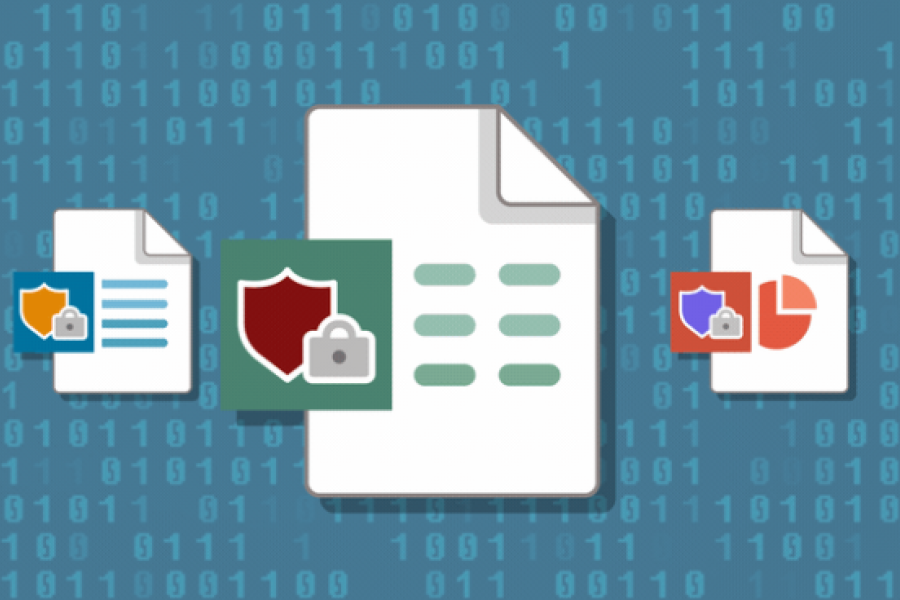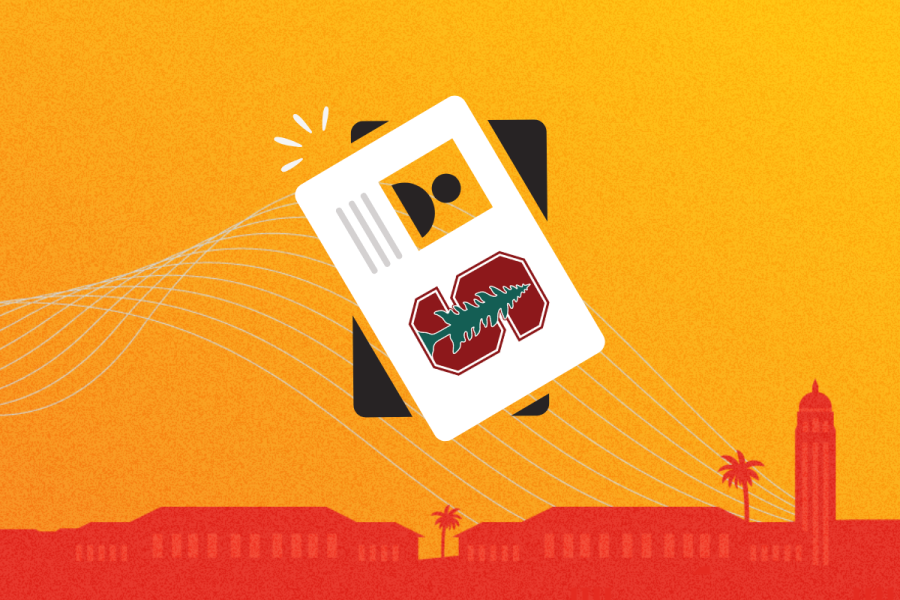Late last week, the San Francisco Division of the FBI issued a warning alerting the public of the “potential for criminal actors to defraud individuals seeking federal student loan forgiveness.”
This scam is the latest to capitalize on government aid programs in the public eye — in this case, President Biden’s student loan debt relief program that is receiving considerable media attention.
How does this scam impact me?
In August 2022, the student loan debt relief plan was announced for individuals with incomes below $125,000, or joint filers with incomes below $250,000. The U.S. Department of Education will provide targeted student debt cancellation to borrowers with loans held by the U.S. Department of Education. The student loan debt relief program will provide up to $20,000 of debt cancellation for Pell Grant recipients, and up to $10,000 for non-Pell Grant recipients.
Cybercriminals and fraudsters may claim to help individuals into the program, contacting potential victims via phone, e-mail, mail, text, websites, or chat. Scammers will aim to solicit personally identifiable information, financial information, or payment from potential victims using fraudulent websites, e-mails, texts, or phone scams.
What does this scam look like?
Scammers often use email or text to explain how a recipient qualifies for government aid and claim to need information or money from the victim to complete the application process. Once a victim clicks on what is thought to be a legitimate link within the email or text, the website will request personally identifiable information (PII) such as their name, social security number, and/or date of birth. This PII can be used to conduct additional fraudulent activity at the victim’s expense.
Websites may solicit financial information such as bank account and routing numbers, credit or debit card numbers, digital wallet addresses, or other peer to peer money service transfer account information to process an application fee or complete the application process.
Phone scammers may call victims claiming to be representatives of a bank or the Department of Education and ask for the victim’s PII and financial information to begin the application process for loan repayment.
What can I do to protect myself?
There are several ways you can protect yourself from falling victim to a student loan forgiveness scam:
- Do not open links or download images or files from suspicious email addresses
- Always consult official U.S. government websites, such as https://studentaid.gov, to verify the information in an email or on a website about student debt relief.
- Confirm any information regarding loan repayment with the financial institution or company providing the loan
- Exercise caution when entering any personally identifiable information (e.g., social security number or birthdate) and/or financial information on websites
- Be wary of processing fees: the U.S. government doesn’t charge these fees in any type of currency
What should I do if I am a victim of this scam?
- Report it to the FBI Internet Crime Complaint Center https://www.ic3.gov
- Report the activity to the online payment service you used for the financial transaction
- Contact your financial institution immediately to stop or reverse the transactions, and ask your financial institution to contact the corresponding financial institution where the fraudulent or suspicious transfer was sent
- Preserve any transaction information, including prepaid cards and banking records and all phone records, texts, or e-mails
- Monitor your financial accounts and credit reports for fraudulent activity
- Report the fraud to the Department of Education https://studentaid.gov/feedback-center and the Consumer Financial Protection Bureau https://www.consumerfinance.gov/complaint
Learn more from the FBI’s San Francisco Division.



